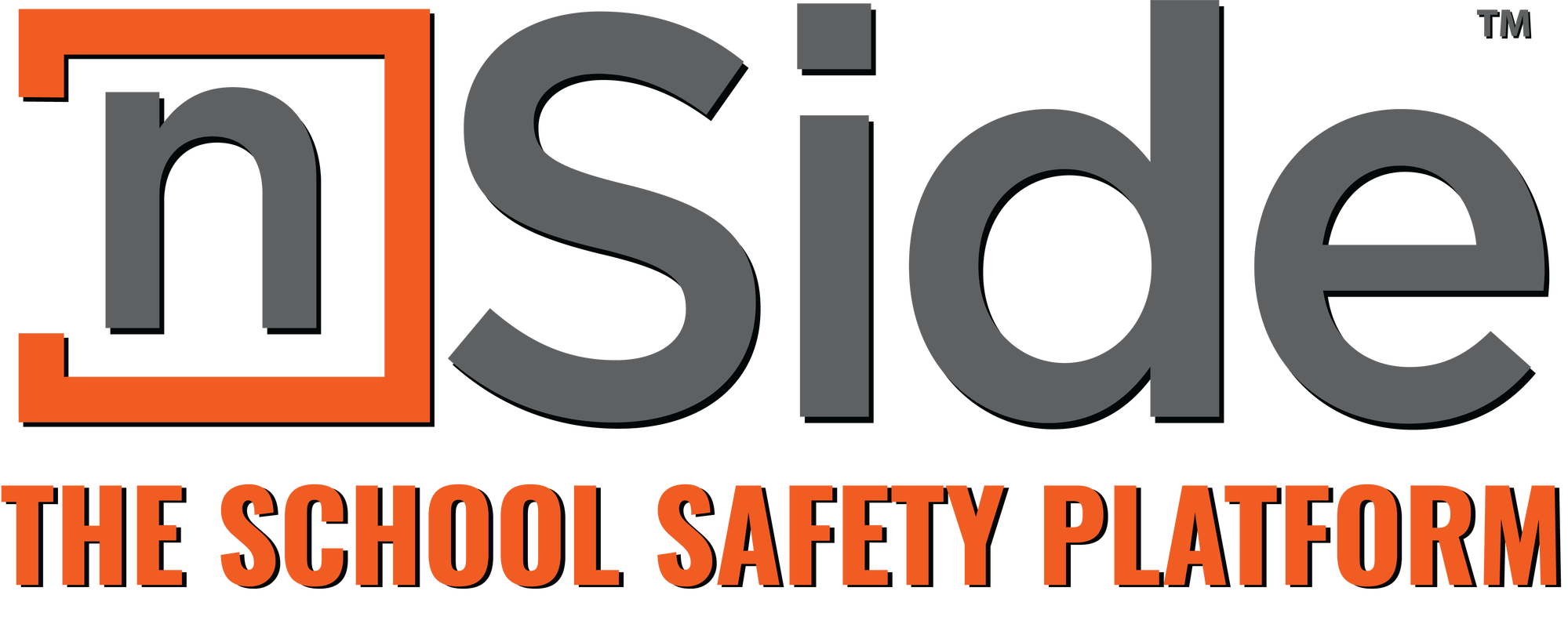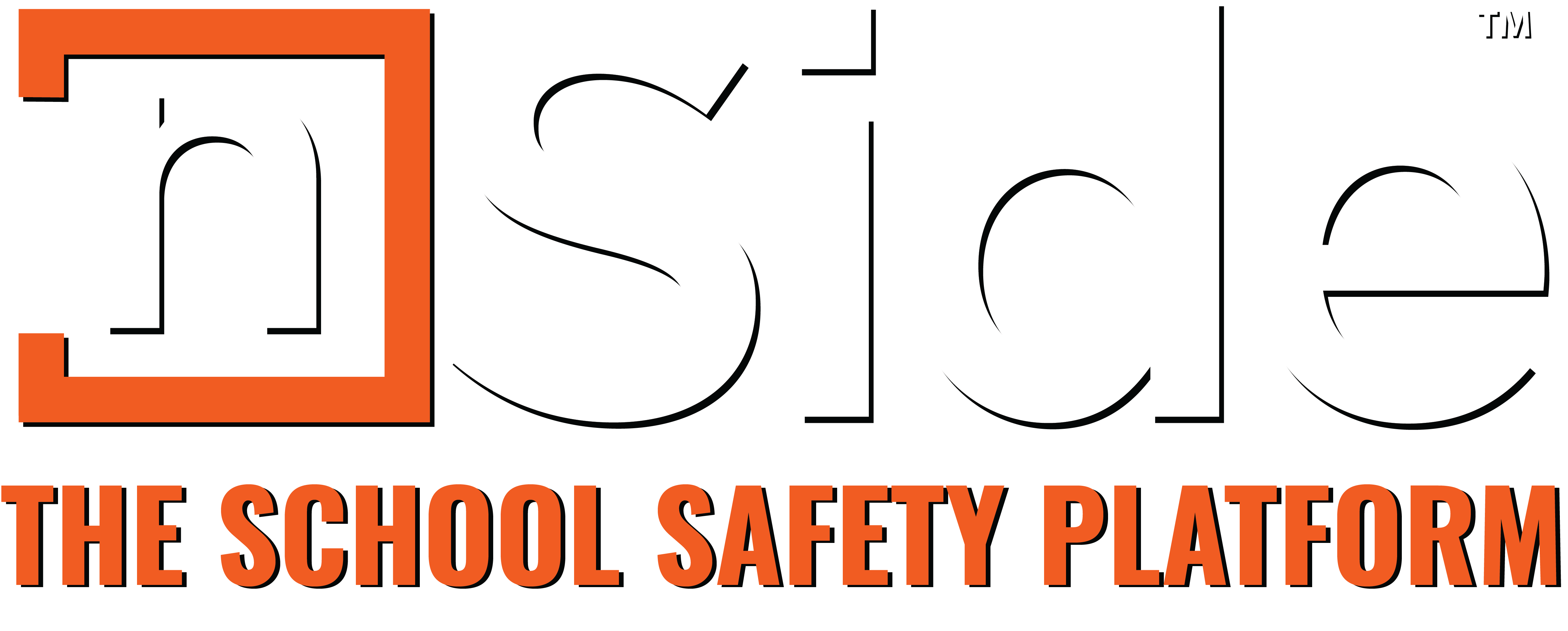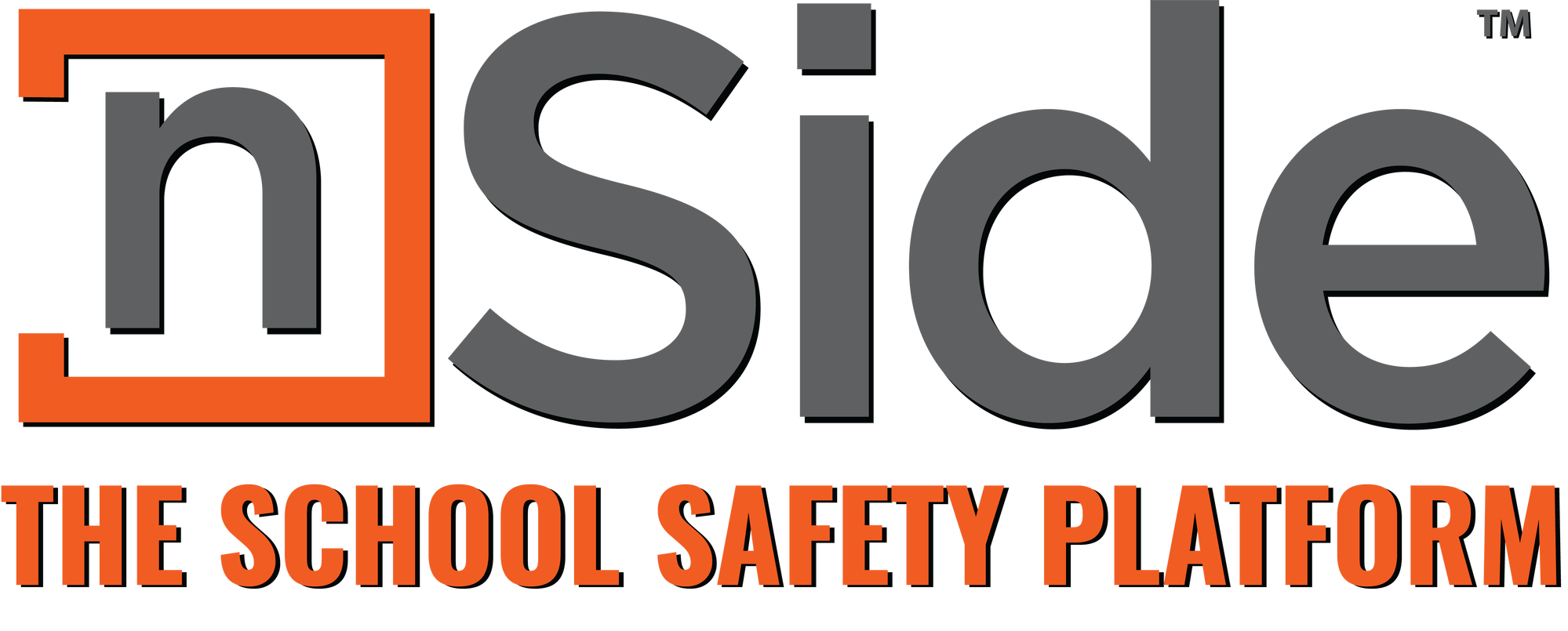Our society is always on the lookout for fresh approaches to enhance the safety of our educational institutions. In fact, school safety has gained increasing attention in recent years due to the tragic incidents that have occurred in schools in the United States and across the globe. Unfortunately, with the growing attention comes a lot of misconceptions and misinformation about keeping students and staff safe. Ultimately, these misconceptions can lead to ineffective policies and a false sense of security.
Misconception #1: Because There is a Policy, Everyone Knows About it
One common misconception about school safety is that just because there is a policy in place, everyone knows about it. This, however, is often not the case. Many schools may have policies on paper but fail to effectively distribute and communicate these policies to students, staff, and parents. This lack of communication can result in confusion during emergency situations and ineffective response when it really matters. Therefore, it is crucial for schools to not only create policies but also to ensure that everyone is aware of them and that they are regularly reviewed and updated as needed.
The nSide Platform brings all of the appropriate parties who need to be involved and aware of safety policies and procedures together and shares that information across the organization. When information is disseminated to a wide variety of people, it soon becomes “common knowledge.” By utilizing the platform, schools can ensure that safety policies and procedures are regularly reviewed and updated as needed and that everyone is aware of them. With features such as real-time emergency notifications, incident reporting, and tracking of safety drills and training, nSide helps create a culture of safety and awareness in schools.
Misconception #2: Active Shooter Situations are the Only Safety Threat in Schools
While active shooter situations are a significant concern in schools, they are not the only safety threat. Other safety concerns include natural disasters, medical emergencies, bullying, cyberbullying, and more. Schools should have protocols in place to address all potential safety threats and should regularly review and update their safety plans to ensure they are comprehensive and up-to-date.
nSide can help your schools manage their EOP by providing a centralized platform to create, store, and manage their safety plans. Our Emergency Operations Planning system provides a framework for creating a comprehensive safety plan that addresses different types of emergencies. The platform also allows schools to track their safety drills and training and to easily update their safety plans as needed. By utilizing the nSide platform, schools can ensure that their safety plans are always up-to-date and easily accessible in case of an emergency.
Misconception #3: School Safety is Solely the Responsibility of School Administrators
It is true that school administrators are responsible for creating and implementing safety protocols and procedures. However, school safety is everyone’s responsibility. Teachers, students, staff, parents, and local first responders all play a vital role in the process of planning, preparing, and preventing emergency events. Teachers and staff members should be trained in recognizing and reporting concerning behavior, and students should be taught to report any safety concerns to adults. Parents can also help by engaging with their children and observing their behavior and mental health status, and reporting any concerning behavior to the appropriate entities, such as their school.
However, there are other key players in this as well:
Facilities Directors
Facilities directors can play a crucial role in school safety. They are responsible for ensuring that school buildings and grounds are well-maintained and safe. This includes conducting regular safety checks, identifying potential hazards, and ensuring that safety equipment, such as fire extinguishers and smoke detectors, are in good working order. Facilities directors should also work closely with school administrators to ensure that safety protocols and procedures are in place and that everyone is aware of them.
Coaches
Coaches also play an important role in school safety. They often have close relationships with their athletes and can be a valuable resource in identifying and addressing safety concerns. Coaches should be trained to recognize and report concerning behavior and should also be aware of the school’s safety protocols and procedures. In addition, coaches can help promote a positive school culture by encouraging teamwork and respect among their athletes.
Local First Responders
Local first responders, such as police officers, firefighters, and EMTs, play a critical role in school safety. They are often the first responders in emergency situations and can provide valuable assistance in securing the school and protecting students and staff. Schools should work closely with local emergency responders to ensure that their safety plans are effective and to establish clear lines of communication in case of an emergency. Regular training exercises with local emergency responders can also help ensure a coordinated response in case of an emergency.
By working together, the entire school community can create a safer environment for everyone.
Dismissing the pitfalls related to the misconceptions of school safety can lead to policies and procedures that are ineffective, costly, and even dangerous. It is essential to be aware of these misconceptions and to approach school safety with evidence-based strategies that prioritize the well-being of all students. By doing so, we can create safer, more secure learning environments for everyone. Schools should focus on creating a positive school culture that addresses the social and emotional needs of students, implementing comprehensive safety plans, and working closely with law enforcement officials to ensure that their safety plans are effective.
nSide provides a comprehensive approach to school safety that goes beyond just physical security measures. Our platform offers a range of tools and resources that address the many factors that contribute to school safety, including emergency operations planning, behavioral threat assessment case management, communication tools, and compliance tracking. By taking a comprehensive approach to school safety and consolidating your technology, information, and personnel into one platform, your school can avoid these common safety misconceptions.
Want to know more about how nSide can help?
Email us: help@nside.io
Call us: 1-800-604-1822



